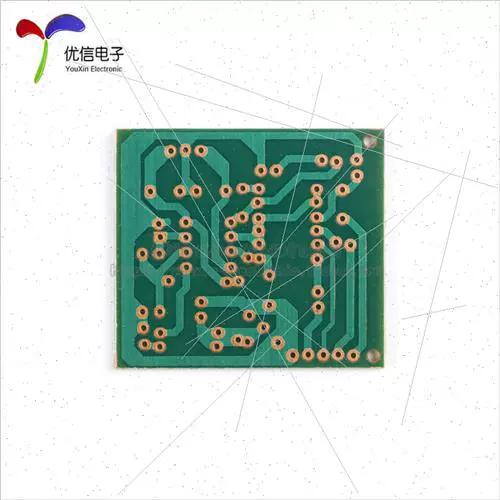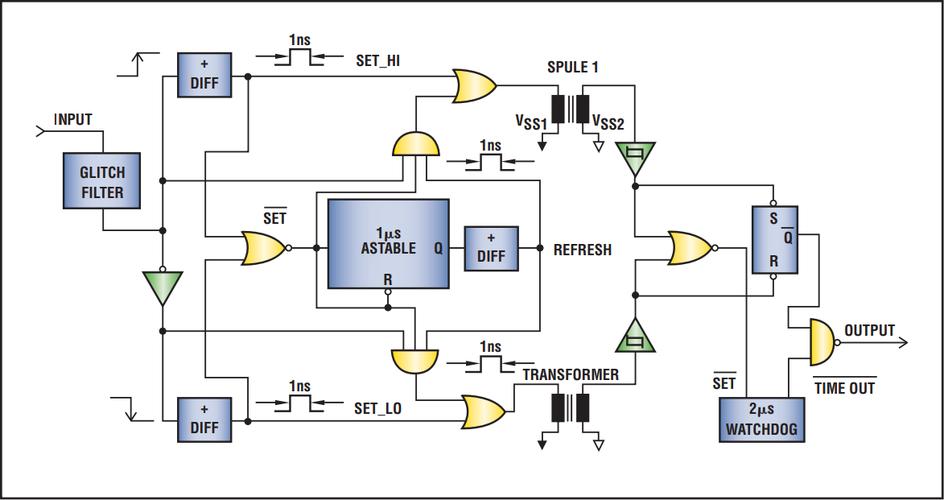
Integrated Circuit Op Amp: A Comprehensive Guide
Understanding the integrated circuit operational amplifier (op amp) is crucial for anyone delving into the world of electronics. This versatile component has become an indispensable tool in various applications, from audio amplification to signal processing. In this detailed guide, we will explore the intricacies of the op amp, its working principles, and its numerous applications.
What is an Op Amp?
An operational amplifier, often abbreviated as op amp, is an electronic device that amplifies voltage signals. It is a key component in analog circuits and serves as the foundation for many applications. Op amps are typically integrated circuits with high input impedance, low output impedance, and a high gain.

Working Principles of an Op Amp
Op amps work on the principle of differential amplification. They have two input terminals: the inverting input (-) and the non-inverting input (+). The difference between the voltages at these two terminals is amplified and appears at the output terminal. The amplification factor, known as the gain, is determined by the external circuit connected to the op amp.
Here’s a simplified explanation of how an op amp operates:
- The input signal is applied to the inverting and non-inverting inputs.
- The difference between the voltages at these inputs is amplified.
- The amplified signal appears at the output terminal.
Types of Op Amps
There are various types of op amps available, each with its unique characteristics and applications. Some of the most common types include:
- Single-supply op amps: These op amps operate with a single supply voltage and are commonly used in battery-powered devices.
- Dual-supply op amps: These op amps require a dual supply voltage and are suitable for applications with a wider voltage range.
- Low-power op amps: These op amps consume less power and are ideal for battery-powered devices.
- High-speed op amps: These op amps have a fast slew rate and are suitable for high-frequency applications.
Applications of Op Amps
Op amps find applications in a wide range of fields, including:

- Audio amplification: Op amps are used in audio amplifiers to amplify audio signals and drive speakers.
- Signal processing: Op amps are used in signal processing applications, such as filters, oscillators, and modulators.
- Instrumentation: Op amps are used in various instruments, such as voltmeters, ammeters, and ohmmeters.
- Control systems: Op amps are used in control systems, such as PID controllers, to process and amplify signals.
Op Amp Circuit Configurations
Op amps can be configured in various ways to achieve different functionalities. Some of the most common configurations include:
- Non-inverting amplifier: This configuration provides a gain that is equal to 1 plus the ratio of the feedback resistor to the input resistor.
- Inverting amplifier: This configuration provides a gain that is equal to the ratio of the feedback resistor to the input resistor.
- Summing amplifier: This configuration allows multiple input signals to be summed and amplified.
- Diff amplifier: This configuration amplifies the difference between two input signals.
Op Amp Specifications
When selecting an op amp for a specific application, it is essential to consider its specifications. Some of the key specifications include:
- Input offset voltage: This is the voltage difference between the two input terminals when no input signal is applied.
- Input bias current: This is the current flowing into the input terminals when no input signal is applied.
- Gain bandwidth product: This is the product of the gain and the bandwidth of the op amp.
- Slew rate: This is the maximum rate of change of the output voltage per unit time.
Op Amp Circuit Design Tips
When designing circuits with op amps, it is essential to consider the following tips:


